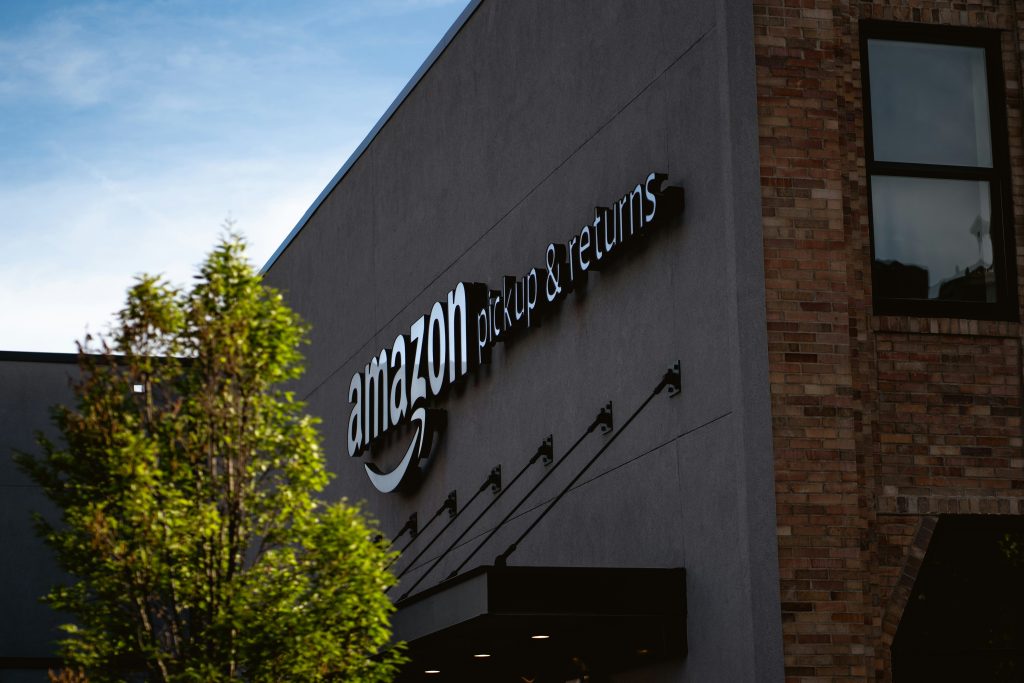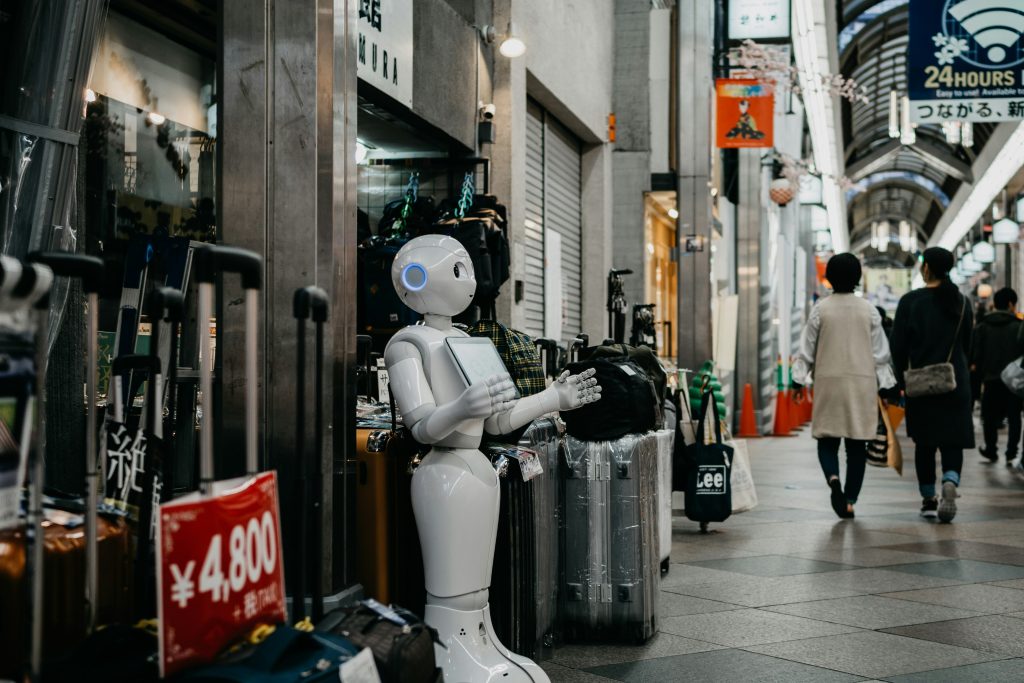Amazon’s AI-Powered Robot Workforce
Amazon has been experimenting with robotics for over a decade, but recent advancements in machine learning and AI-driven automation have accelerated the deployment of collaborative robots—machines designed to work alongside humans rather than replace them.
Some of the most advanced robots currently in use include:
- Proteus – Amazon’s first fully autonomous warehouse robot that navigates floors safely using AI-powered vision.
- Sequoia – A robotic system that speeds up inventory sorting and package movement.
- Robin & Cardinal – AI-driven robotic arms that pick and sort customer packages more efficiently.
- Sparrow – A dexterous robotic arm capable of handling millions of uniquely shaped products.
These robots enhance efficiency without eliminating human jobs, as they are designed to handle repetitive, physically demanding tasks while humans focus on problem-solving and quality control.








